Fire department communication has to be quick, efficient, and advanced. When it comes to learning the ins and outs of fire department radios there’s a lot to learn. So let’s start with the basics.
In this article, we will cover radio communications, the needs of a fire department, and how to choose a proper radio.
Keep reading to learn the basics of fire department radios.
The 5 C’s of Fire Department Radio Communication
Even though radio transmission might seem pretty self-explanatory, knowing the sheer amount of people listening and acting on transmitted information is daunting to say the least.
Therefore, it’s important to master the appropriate radio procedures.
To begin with, one must start with the basics of using a two-way radio.
For instance, to transmit messages without clipping the beginning and end of a message. One would enable the microphone, and allow the channels to open over a short pause. For an extended transmission range, one would hold the radio upright with the antenna pointing upwards.
But before one would speak, they should think about what they will say. The information has to be important, timely, and clearly enunciated for maximum deliverance. So, let’s take a look at the 5 C’s:
- Concise – the message is brief
- Clear – the message is clear
- Confident – there’s confidence in the message
- Controlled – the speaker is in control of their voice
- Capable – the speaker is capable of using the radio
Now that you know what to transmit, hold the mic 2 inches away from your mouth and deliver the information in a profanity-free and regular voice.
The message is repeated to verify the information. Each message should adhere to the department’s standard operating procedures for radio communication. Always remember to follow radio etiquette.
In any case, there is plenty of opportunity for radio practice as a firefighter. Most, if not all of this, should already have been covered in training.
What Are the Needs of the Fire Department?
No matter what agency of public safety, radio communications have to be rapid, reliable, and responsible. But the fire service has unique needs, which are not always recognized by other parties.
The radios should be portable, easy to use, and hands-free. Preferably they should be mounted inside masks. They should be rugged, and able to operate in extreme conditions of any kind, such as water, cold, heat, and under active movement.
The network should provide extensive coverage anywhere indoors, including basements, stairwells, elevators, or any other location where the signal is less than reliable.
Conversations have to be audible and clear in noisy environments. The network should support joint commutation with other personnel of the locale and nearby cities.
Certain command systems should enable channels for single events. The network should provide enough talk groups in an organized manner for fast communication at a fire scene.
A fire department works in the realm of a dispatch environment. The network has to have updated incident statute reports, access to hazardous information, and any other pertinent information about the fire while on the route.
Not to mention, a fire department should have privacy sub-systems not accessible by any other party, except for, say, police and other federal agencies.
These are just some examples of what a fire department might need or is already employing in one shape or form. Because of this, you can probably understand why a fire department radio is going to be differentially unique to a regular one.
Let’s take a look at how to select a proper radio.
Start With the Knobs
For a fire department, radios should have knobs that are easily accessible while wearing gloves. A radio with large knobs for changing channels is important.
They should be unique and have resistance for haptic feedback so the user knows what they are turning.
Depending on the situation, a firefighter might need a radio attachment in their mask, so they should come with automated settings that can be adjusted with a click of a button on the wireless receiver.
Check the Grip
Firefighters are always moving, and have to take out the radio at a moment’s notice. In these scenarios, the grip is particularly important.
Non-slip rubber, bumps, and textures will help one hold the radio and pull it out without the risk of dropping it. Dropping a radio is never a good idea, but if it does happen.
Test the Durability
In hazardous situations, a firefighter should have access to a radio that is durable. It shouldn’t get scratched or broken after a fall; what’s the point of the radio if it’s going to break after a short fall?
A large and durable screen is important for every firefighter. It’s also a good idea to have a radio with additional safety features to help you out.
Ensure Safety
Not all models possess such features, but in this line of work they’re crucial.
A large emergency button is important. If you need to send an alert quickly, you should be able to. A firefighter down button is also a good idea, as it will transmit a signal if a firefighter has been motionless on the network for too long.
Some radios have GPS and will provide an exact location of the firefighter. This is important if they are dealing with a forest fire.
Acquire the Sound
The most important feature is the ability to hear and deliver audio to and from a radio.
You need a radio with a wind-resistant and noise-canceling microphone. A loud and clear speaker is just as important.
It can be hard to tell which side is which when you’re engulfed in smoke, so it’s important to have a mic that will be able to pick you up no matter which side you’re talking into.
Fire Department Radios of All Shapes and Sizes
Now that you know what to look out for in fire department radios, how the communication works, and what needs the firefighters have, you are well on your way to finding the right model to do the job.
There’s plenty of choices, and it really comes down to quality and preference.
If you’re interested in checking out the vast catalog of the best fire department radios on the market, feel free to click on the link or use the navigational buttons above.
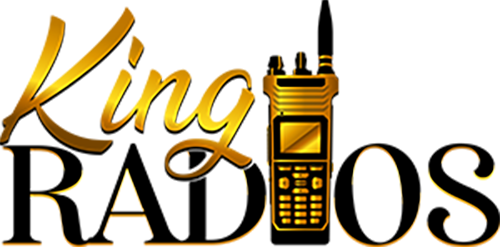
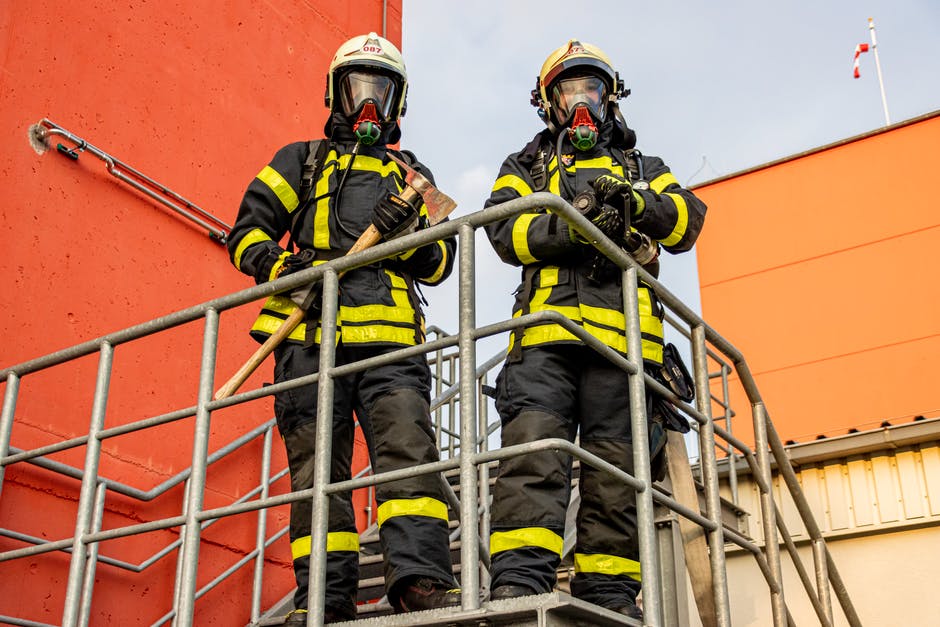
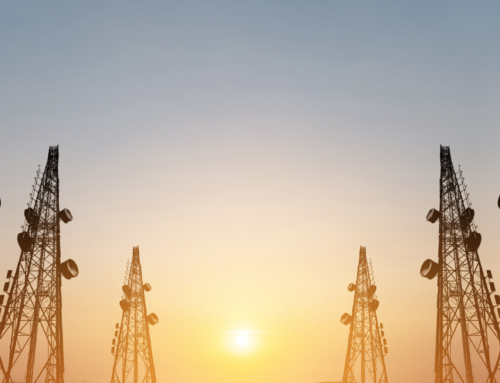
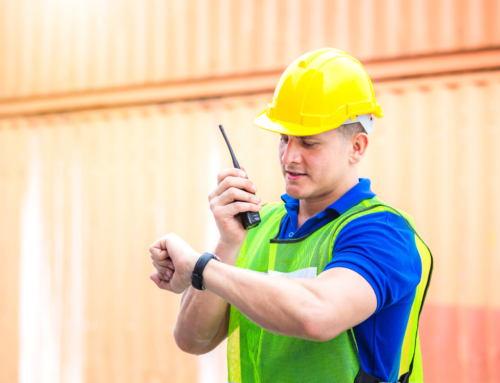
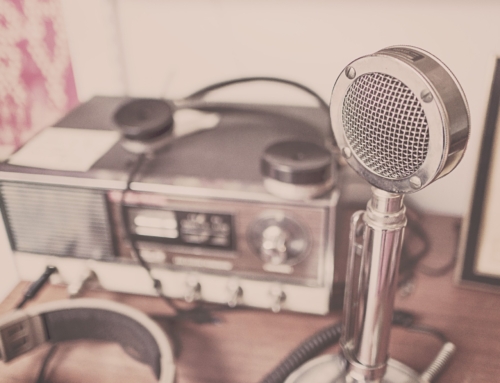
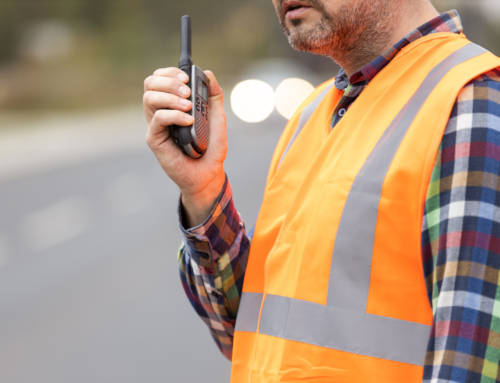
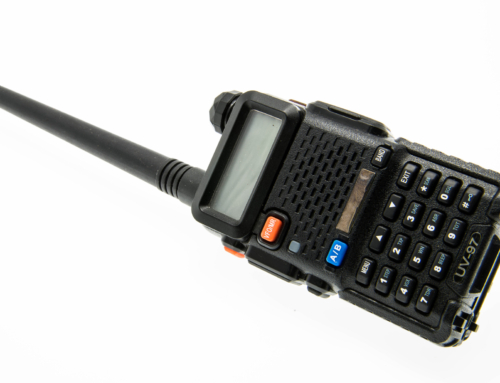
Leave A Comment
You must be logged in to post a comment.